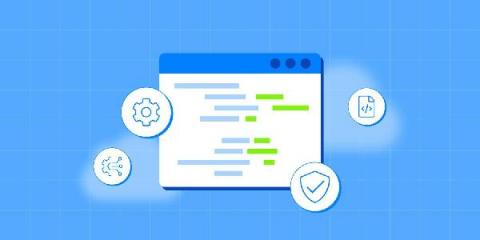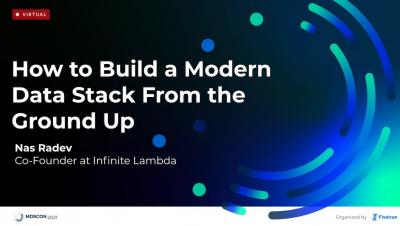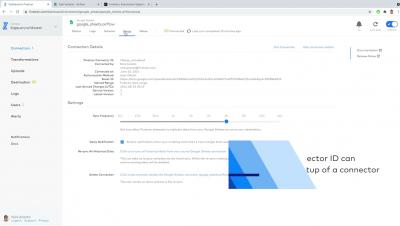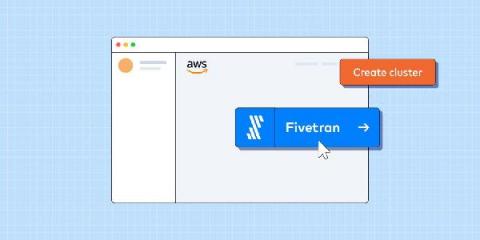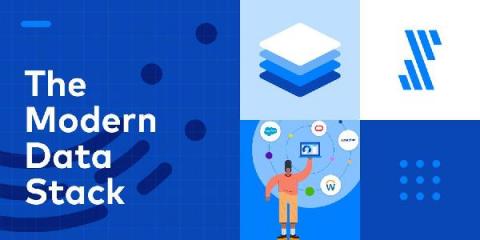5 Reasons You Should Mask PII
If personally identifiable information (PII) falls into the wrong hands, it could have devastating consequences for both you and the affected individuals. But what if you could transform that information so that it would be useless to any attacker? That’s exactly what PII masking seeks to do. So what is PII data masking exactly, and how does PII masking help safeguard your sensitive and confidential information from PII data breaches? Keep reading for all the answers.


